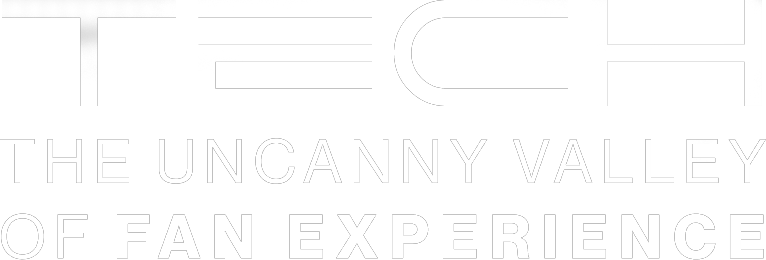




Today’s sports fans will wax poetic, yelling at the TV during championship games, going crazy over a manager’s line-up choices, and incredulously watching as a player tries to make ESPN’s Top 10 over what’s best for the team. Diehards dream of drawing up the Xs and Os in these critical situations — mapping out gameplans, making substitutions during the game, and calling the last play to deliver the win.
While emerging streaming services and the legalization of sports gambling have been a financial boon for the live gameday experience, disinterest among America’s youngest viewers, especially Gen Z, has become a challenge for professional sports.
50% of Gen Zs in the U.S. never attended a pro sports event
40% never watch live sports, less than any other age group
81% of pro sports revenue comes from media rights, sponsorships, and ticket sales
The economics of the live sports experience are undergoing a significant transformation, driven by the values, viewing preferences, and behaviors of Gen Z. There is no shortage of marketers who, for years, have preached that they are the future of sports. As this generation becomes an increasingly influential force, professional sports organizations and the broader sports industry must adapt to meet their changing demands. Those who have embraced these shifts and find innovative ways to engage with Gen Z will likely thrive, while those who resist change may face challenges in the evolving sports landscape. Embracing the Gen Z mindset and preferences will be crucial for the continued success and growth of the sports industry.
- Gen Zs consume sports content mainly through short-form, interactive social media
- 87% of Gen Z plays video games on mobile devices and consoles, where they expect to play the game, not just watch it
- Live sports for Gen Z need to be interactive and community-focused, with brand engagement built into the game experience
“There is no shortage of marketers who, for years, have preached that they are the future of sports.”
What is the future of fan experience and engaging the next generation of sports fans?
Enter Fan Controlled Sports and Entertainment (FCSE). Since 2017, the brand has taken an innovative, fan-driven approach, merging the excitement of live sports with the interactivity of video games.
The FCSE concept has successfully facilitated the launch of two seasons of Fan Controlled Football (FCF). It is now set to introduce Fan Controlled Racing (FCR) during NASCAR’s Championship Race at Phoenix Raceway, scheduled for November 4th. This innovative approach grants fans unprecedented influence and access by empowering them to make pivotal decisions. The line between spectator and participant blurs, and fans become an integral part of the action. Like in a video game, fans are incentivized to make good decisions for their team’s future by being awarded FanIQ points, which are akin to experience points in the gaming world. Play votes posted by fans with more experience points carry a heavier weight.
The concept of “fan controlled” aims to democratize professional sports, creating an unprecedented immersive live fan experience. The idea is to redefine how fans engage, creating a new category of entertainment catering to the digitally connected audience hungry to own, shape, and manage a sports franchise ready for the metaverse. Fan Controlled sports leagues align seamlessly with the expectations of a new generation of fans who have grown up in an interactive digital landscape. Here’s why such a league could captivate this audience:
“Fan Controlled sports leagues align seamlessly with the expectations of a new generation of fans who have grown up in an interactive digital landscape.”
The first two seasons of FCF proved successful, especially in community engagement, with over 250,000 registered downloads via CONTROL App. (making it a top 10 sports app in the U.S.), 2.4 million live viewers per week and over 100 million highlight views across all FCF distribution platforms. FCF increased viewership from 375,000 per game at the start of season one to 2.5 million at the championship game of season two.
Integration of Gaming and Sports
Many younger fans are avid gamers accustomed to controlling outcomes and strategies within a virtual world. A Fan Controlled league blurs the lines between gaming and live sports, appealing to the gamer’s mindset and potentially expanding the sports audience.
“Many younger fans are avid gamers accustomed to controlling outcomes and strategies within a virtual world.”
Engagement Through Interactivity
The interactive model of a Fan Controlled league converts passive viewing into an active experience. For a generation accustomed to engaging with content rather than just consuming it, this could revolutionize the fan experience, making it more immersive and personalized.
The first two seasons of FCF proved successful, especially in community engagement, with over 250,000 registered downloads via CONTROL App. (making it a top 10 sports app in the U.S.), 2.4 million live viewers per week and over 100 million highlight views across all FCF distribution platforms. FCF increased viewership from 375,000 per game at the start of season one to 2.5 million at the championship game of season two.
Leveraging Social Media and Online Communities
Social media has cultivated a culture of participation and community. A Fan Controlled league, which could integrate with these platforms, taps into the desire to share opinions and influence outcomes, much like a live-action social media platform.
Fan Controlled Sports can tap into a community of like-minded 18-34 year old sports and fantasy gurus, appealing to online gamers and streaming enthusiasts who grew up in the shadow of EA’s Madden video game franchise, all ready to embrace the future.
A New Level of Accessibility
The traditional barriers between athletes and fans are diminishing. A Fan Controlled league that allows fans to call plays or make decisions can provide an unparalleled sense of access and connection to the athletes and the game itself.
“The traditional barriers between athletes and fans are diminishing.”
Data-Driven Personalization
This generation is used to algorithm-driven personalization, from streaming platforms to online shopping. A Fan Controlled league that uses data to enhance the interactive experience could offer personalized engagement at an unprecedented level.
Educational Perspective
By making strategic decisions, fans can gain a deeper understanding of the sport. This educational component can increase appreciation for the complexities of the game and the skills of the players.
Continual Innovation
Younger audiences are quick to adopt new technologies. A Fan Controlled league that continually innovates can stay at the forefront of entertainment, consistently offering fresh and exciting experiences.
Marketability and Monetization
Interactivity opens new avenues for monetization, such as microtransactions for voting rights or exclusive access, catering to a demographic already familiar with such models in other forms of entertainment.
Utilizing blockchain technology, the league was able to successfully merge the physical sports and digital worlds to create a new, exciting Web3 experience. In doing so, the decentralized nature of the blockchain ensures that the FCF platform enables tamper-proof tracking of fan tokens used to participate in decision-making and other league-related activities.
- 5K+ Unique purchases in Season v2.0
- 23K+ Total purchases and minting of digital collectibles, avatars
- $900 ARPU of our diehard fans
The Fan Controlled concept represents a promising avenue for the future of professional sports. It can revolutionize the industry by enhancing fan engagement, expanding the global reach of sports, democratizing decision-making, and offering new financial opportunities.
Is data the new highlight and are fans the new free agents?
[ NOT QUITE ]

Innovating without losing traditional fans
[ PROBABLY ]

Over-engineered technology might sterilize sport
Do you agree with this?
Do you disagree or have a completely different perspective?
We’d love to know
